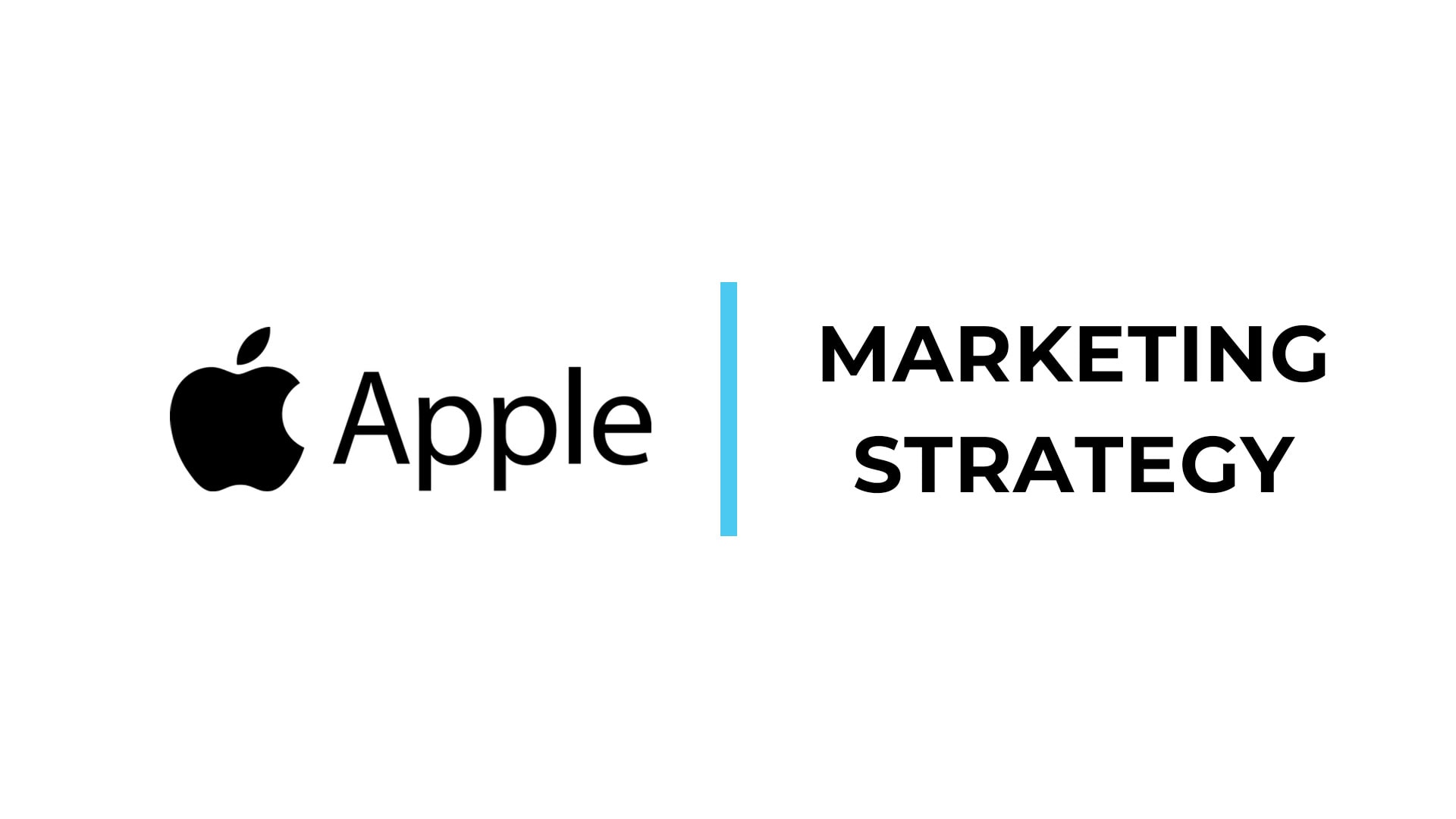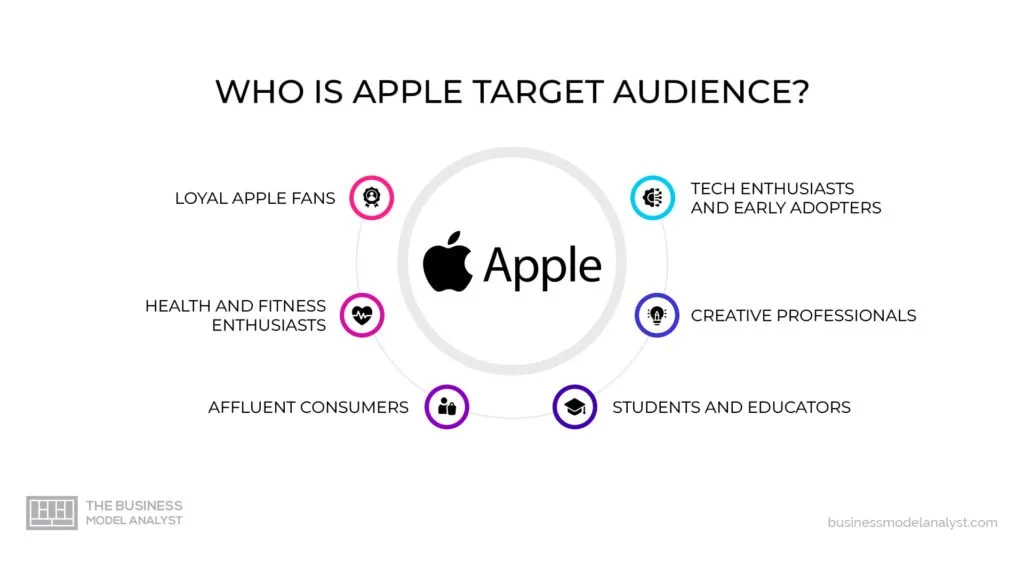Apple’s Marketing Strategy: Unveiling the Secrets Behind Its Success
Apple, the world’s most valuable company, has become synonymous with innovation, quality, and brand loyalty. But behind its meteoric rise lies an incredibly well-crafted marketing strategy. Apple’s ability to create not just products but a lifestyle has made it a global phenomenon. The company’s marketing strategy is often hailed as one of the most effective in the business world, combining emotional appeal, simplicity, and brand prestige.
In this article, we’ll dive deep into Apple’s marketing strategy, breaking down its core elements and examining how they contribute to the company’s continued dominance in the tech industry.

Apple’s marketing strategy is a blend of innovation, simplicity, and emotional appeal, driving its success across the globe.
1. Understanding Apple’s Target Audience
Before we delve into the tactics that drive Apple’s marketing success, it’s important to understand who Apple’s target audience is. Apple caters to a wide range of consumers, but its core customer base shares some common characteristics:
- Tech Enthusiasts: Apple has always appealed to early adopters—those who crave the latest technology and are willing to pay a premium for it.
- Affluent Consumers: Apple’s products are typically priced higher than their competitors, which places them in the hands of higher-income individuals who value quality and status.
- Creative Professionals: With powerful tools like the MacBook Pro and iPad Pro, Apple has solidified its reputation as a brand that appeals to designers, photographers, musicians, and other creative professionals.
- Loyal Apple Users: Apple has built a loyal customer base that sticks with the brand, thanks to its seamless ecosystem that integrates hardware, software, and services.
Understanding these demographics allows Apple to craft messaging and campaigns that resonate with the right consumers.
2. Apple’s Unique Brand Positioning
Apple’s brand positioning strategy is central to its marketing success. Unlike its competitors, Apple does not just sell gadgets or devices; it sells an experience. Here’s how Apple positions its brand:
Premium Quality and Innovation
Apple positions itself as a premium brand, offering cutting-edge technology and unparalleled quality. The company doesn’t compromise on the design, performance, or user experience of its products. By positioning itself as a luxury brand, Apple taps into the emotional appeal of owning a high-end product.
Simplicity and User Experience
One of the key tenets of Apple’s marketing is its focus on simplicity. Whether it’s the sleek design of its products or the intuitive interface of its software, Apple keeps things simple. The user experience is at the heart of everything Apple does, and it’s a key reason why customers continue to flock to its products.
- Clean design: Apple’s design philosophy focuses on minimalism. Its products have a distinct look and feel that sets them apart from competitors.
- Easy-to-use interface: Apple products are known for being easy to use, even for non-tech-savvy users. This simplicity extends from iPhones to macOS.
3. Apple’s Emotional Appeal: Connecting with Consumers
Apple’s marketing campaigns consistently tap into the emotional desires of its customers. Rather than focusing solely on product features, Apple’s ads appeal to people’s aspirations, dreams, and lifestyles.
Creating a Lifestyle Brand
Apple is more than a tech company; it’s a lifestyle brand. It’s about being part of a community that values design, innovation, and simplicity. Apple’s advertisements often feature creative professionals, entrepreneurs, and visionaries, conveying the idea that owning Apple products is not just about using technology but about becoming part of a select group.
For example, the “Think Different” campaign encouraged people to embrace their uniqueness, tying Apple products to creativity and individualism.
Emotional Storytelling in Advertising
Apple’s advertising is another powerful tool in its marketing strategy. Its ads are known for their emotional storytelling. Whether it’s the heartwarming iPhone ad featuring families connecting or the Apple Watch ad showcasing personal achievements, Apple’s ads make people feel something—whether it’s happiness, excitement, or inspiration.
Brand Loyalty and Advocacy
Apple’s emotional appeal extends to brand loyalty. Customers who love Apple products are often advocates of the brand, spreading the word and encouraging others to buy. This word-of-mouth marketing is a testament to the power of Apple’s emotional connection with its customers.
4. Apple’s Marketing Channels and Tactics
Apple’s marketing strategy spans multiple channels, each of which is carefully curated to reach the right audience at the right time.
Retail Stores: The Apple Experience
Apple’s retail stores play a crucial role in its marketing strategy. These stores aren’t just places to buy products; they offer an experience. Customers can test out Apple products, interact with experts, and attend workshops.
- Genius Bar: The Genius Bar in Apple stores offers tech support and serves as a customer service touchpoint, creating a positive and personalized brand experience.
- Apple Store Experience: The minimalist design and layout of the Apple store emphasize the brand’s clean aesthetic and premium quality.
Digital Marketing and Social Media
Apple has a limited but highly effective presence on social media. The company doesn’t over-saturate platforms like Instagram, Facebook, or Twitter with ads. Instead, Apple leverages these channels to showcase product launches and create buzz around new products.
- Influencer Marketing: Apple works with influencers and creatives to promote its products, subtly blending its brand with high-status figures.
- Apple Newsroom: The Apple Newsroom serves as an excellent source of content marketing, providing updates, product announcements, and stories that engage both the media and consumers.
Product Launch Events: Creating Hype and Exclusivity
Apple’s product launch events are a masterclass in marketing. The company has perfected the art of creating anticipation and exclusivity. Every time Apple announces a new product, it feels like a major cultural event.
- Keynote Presentations: Apple’s keynote presentations are known for their theatricality and dramatic reveals. These events often generate significant media coverage and social media buzz, making the product launch an event in itself.
5. Apple’s Pricing Strategy
Apple’s pricing strategy also plays a critical role in its marketing approach. By positioning its products at a premium price point, Apple creates a sense of exclusivity and desirability. The company relies on value-based pricing rather than cost-plus pricing, focusing on the benefits and emotional appeal of its products.
- Product Bundling: Apple offers bundles such as Apple One, which include multiple services at a discounted price, enhancing the perceived value.
- Tiered Pricing: Apple offers different models of its products (e.g., iPhone 14 Pro vs. iPhone 14) to cater to different segments of the market, allowing customers to choose based on their budget and needs.
6. Apple’s Digital Ecosystem: Creating Stickiness
One of Apple’s most powerful marketing strategies is the creation of a digital ecosystem. The seamless integration of Apple’s hardware, software, and services encourages customer loyalty and repeat purchases. Once you own an iPhone, it’s incredibly tempting to invest in other Apple products and services, such as the Apple Watch, AirPods, MacBook, and Apple TV.
- iCloud Integration: iCloud syncs your data across all Apple devices, making it easier to transition between devices without losing any information.
- App Store and Services: Apple’s focus on services, such as Apple Music, iCloud, and Apple TV+, creates an ongoing revenue stream and strengthens the relationship between the brand and its customers.
FAQs about Apple’s Marketing Strategy
1. What makes Apple’s marketing so successful?
Apple’s marketing is successful because it focuses on creating an emotional connection with customers. By positioning itself as a premium brand and offering a seamless user experience, Apple has built a loyal following.
2. How does Apple create hype around new products?
Apple creates hype through product launch events, teasers, and media buzz. Its keynote presentations are carefully orchestrated to build anticipation and excitement.
3. Does Apple use social media to market its products?
Yes, but Apple’s social media presence is minimal. It uses platforms like Instagram, Twitter, and YouTube to showcase new products and share brand stories without over-saturating the market.
4. How does Apple price its products?
Apple uses value-based pricing to position its products as premium. The company also offers tiered pricing to cater to different market segments.
5. Why is Apple’s brand so loyal?
Apple’s brand loyalty is driven by its emotional appeal, superior user experience, and the seamless integration of its digital ecosystem, which encourages customers to buy multiple Apple products.
Conclusion
Apple’s marketing strategy is a masterful blend of innovation, emotion, and exclusivity. Through its strategic pricing, impeccable brand positioning, and creative
marketing campaigns, Apple has set the bar high for tech companies worldwide. By focusing on the customer experience and building a loyal brand community, Apple continues to maintain its dominance in the marketplace.
Whether you’re a tech enthusiast or a business professional, Apple’s marketing success provides valuable lessons on how to build a brand that not only sells products but also cultivates an irresistible lifestyle.

